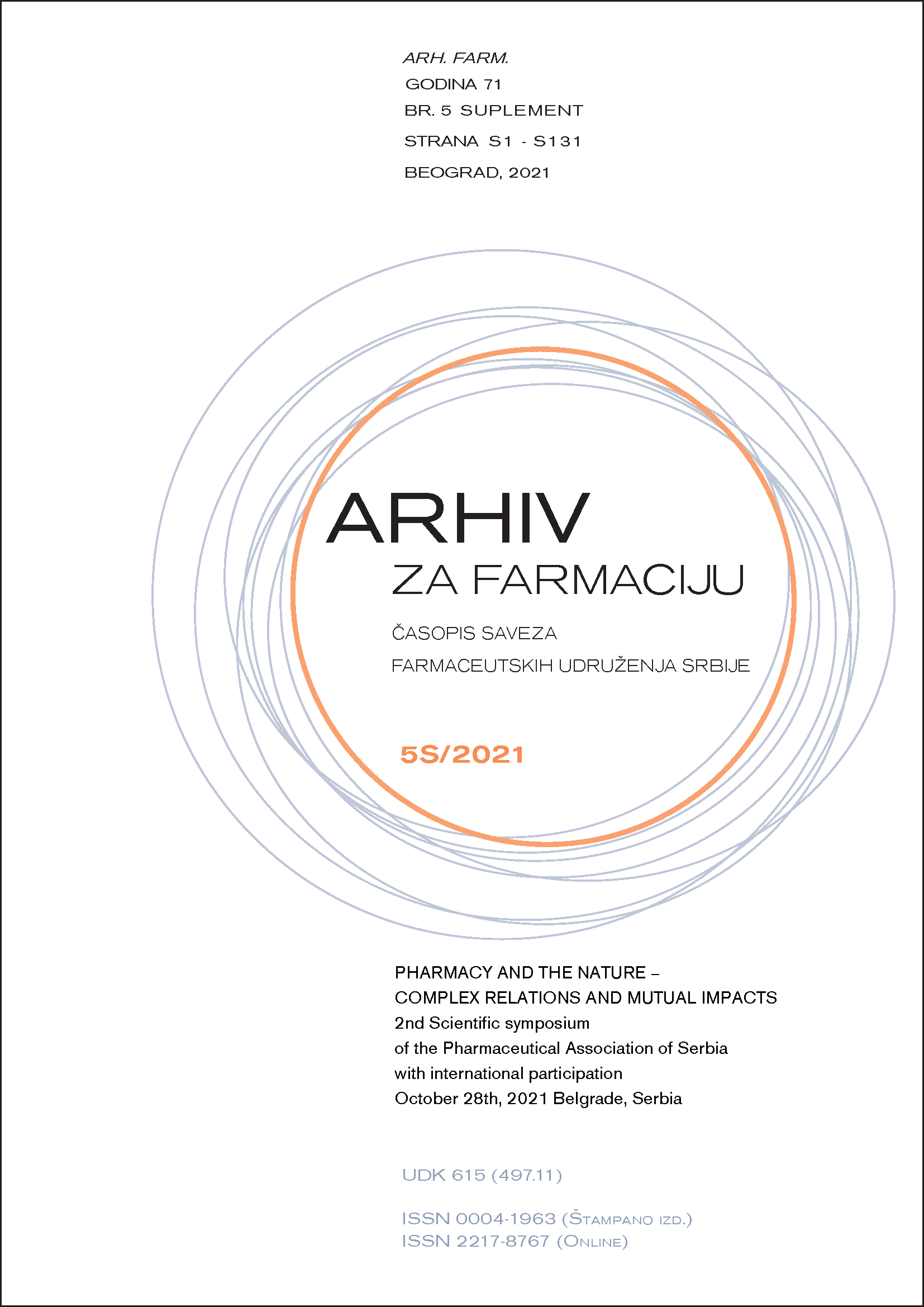STRUCTURAL CHARACTERISATION OF LATE EMBRYOGENESIS ABUNDANT PROTEINS FROM RAMONDA SERBICA: POTENTIAL TO INHIBIT α-SYNUCLEIN AGGREGATION
Abstract
Ramonda serbica is an endemic and resurrection plant species that can survive extreme dehydration even over months. Desiccation (loss of >95% of cellular water) leads to protein denaturation, aggregation, and degradation and impairs membrane lipid fluidity, resulting in loss of membrane integrity at the cellular level. The induction of late embryogenesis abundant proteins (LEAPs) is considered an essential component of desiccation tolerance strategy in so-called resurrection plants. This heterogeneous group of anhydrobiosis-related intrinsically disordered proteins (IDPs) is characterized by high structural plasticity enabling them to interact with various ligands and partners, including ion sequestration and stabilization of membranes and enzymes during freezing or drying. the aim of our research is to assess the potential of selected RsLEAPs to inhibit the aggregation of α-synuclein, paving the way for new therapeutic strategies against neurodegenerative disorders, such as Parkinson’s disease.
Our new transcriptome database of R. serbica leaves allowed us to identify around 165 members of LEA protein family. Based on multiple sequence alignment, secondary structure prediction and 3D structure modelling we classified identified LEAPs into six groups (according to the Pfam database) and showed that more than 50% of identified LEAPs exhibited a high propensity to form α-helices. As predicted by several bioinformatic tools, more than 70% of identified LEAPs were found to be highly disordered. By using molecular dynamic simulations, we identified the most favourable conformations of representative LEAPs and showed the loss of the secondary, α-helical structure in water, in contrast to globular proteins.
Structural characterization of LEAPs is a key to understand their function and regulation of their intrinsic structural disorder-to-order transition during desiccation. These findings will promote transformative advancements in various fields, such as the development of new strategies in neurodegenerative disorders, cell preservation technology and the improvement of crop drought tolerance.

